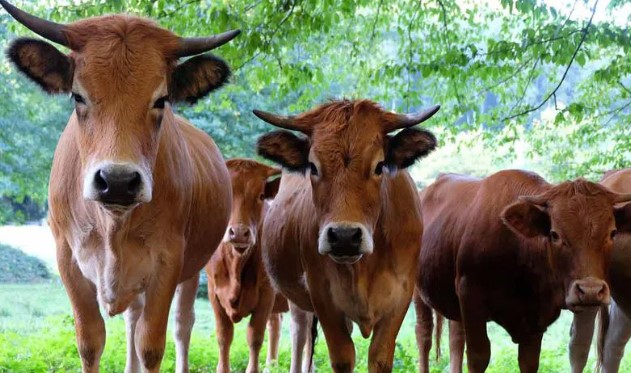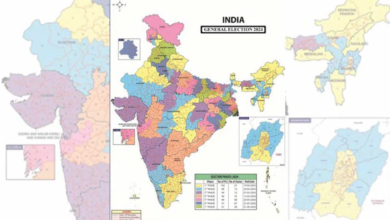Lumpy skin disease in India: All you need to know

There is an increasing concern about the rise in the number of animals getting infected by lumpy skin disease in India. According to government data, more than 1.85 lakh cases have been detected so far and over 7300 cattle have died to date. The infection was first identified in Gujarat and spread to eight other states including one union territory.
How it is transmitted?
Lumpy skin disease is a highly infectious viral disease that affects cattle, especially cows in India. It gets transmitted by biting insects like mosquitos, flies, and ticks that feed on the blood of the host. It also gets transmitted when an infected animal comes into close contact with another animal and when they move to new places.
What are the symptoms of lumpy skin disease?
The symptoms of LSD include fever, swelling of the limbs and genitals, watering eyes, rhinitis, increased salivary secretions, development of nodules on the skin, and in some cases it also leads to death. However, in some cases, the animals may get infected, but they remain asymptomatic as they do not show any signs.
Is any vaccine available?
Recently, Union Agriculture Minister Narendra Singh Tomar launched the new indigenous vaccine Lumpi-ProVacInd against LSD from Krishi Bhawan, New Delhi. The new vaccine was developed by the National Equine Research Center, Hisar (Haryana) in collaboration with the Indian Veterinary Research Institute, Izzatnagar (Bareilly).
Scientists have been working on this vaccine since 2019 when the disease was first reported in India said Union Fisheries, Animal Husbandry and Dairying Minister Parshottam Rupala.
India is currently using the goat pox vaccine (GPV) against LSD infection and has already started administering the vaccines to control the viral infection.
How can the virus be prevented?
According to FAO, the spread of infection can be controlled by vaccinating the cattle population, reducing the movement of animals inside the country, following appropriate methods for culling and disposal of carcasses, and regularly treating animals with insect repellents. The carcasses must be buried deep in the ground and away from water bodies.
It was once entirely confined to Africa, but it slowly started spreading to other continents, including Asia. In India, it was first reported in Odisha in 2019.







